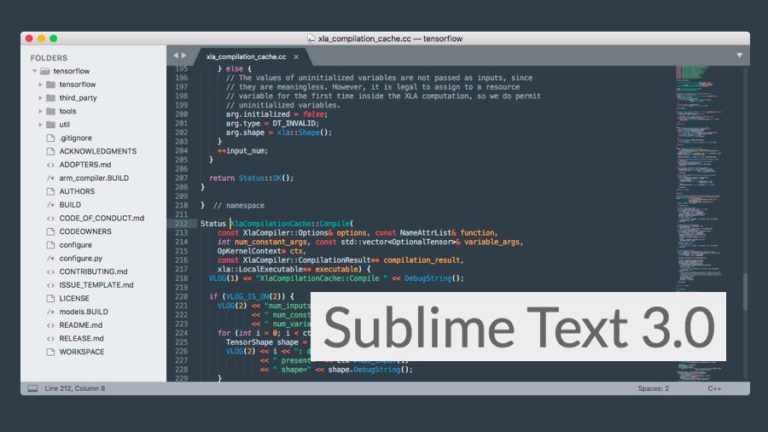4 Best Non-Ubuntu-Based Distros That Are Beginner Friendly

When we talk about Linux, the first thing that comes to our minds is Ubuntu — probably because the vast majority of people using it also suggest the same to others. The primary reason behind more people using Ubuntu is because of how easy it is to use.
The problem with everyone suggesting Ubuntu is that it overshadows many non-Ubuntu-based and Ubuntu-based distros that are comparatively better. This has also led to a myth that using any distro other than Ubuntu is difficult, which is not true. In this article, let’s look at four beginner-friendly Linux distros that are not Ubuntu-based.
Best Non-Ubuntu-Based Distros
Solus
The first thing that you’ll notice right after booting into Solus is the emphasis the devs have put into designing the OS. Everything from the icon’s designs to the look and feel of the OS is amazing. Solus is a rolling distro and comes with four desktop environments to choose from – Budgie (Solu’s in-house developed desktop environment), MATE, GNOME, and Plasma.
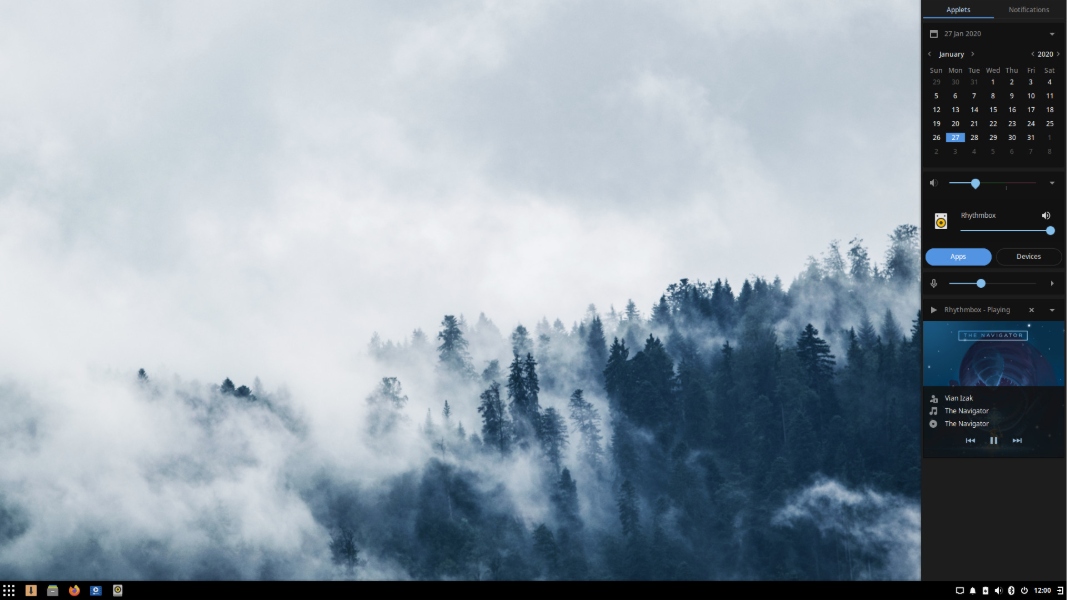
The OS ships with its own package manager called “eopkg.” Once you get used to it, then the sky’s the limit. That said, Solus is not a lightweight distro, but some of its other perks like a good software store and support for all commonly used open-source and third-party programs make it one of the best non-Ubuntu-based Linux distros. Also check out our article on the list of best looking Linux Distros to try out in 2022.
Manjaro Linux
Now, Arch is usually not considered as beginner-friendly, but Arch-based Manjaro Linux is a different story. It ships with three desktop environments – XFCE, Plasma, and GNOME. Everything from installing the OS itself to installing the OS is very straightforward.
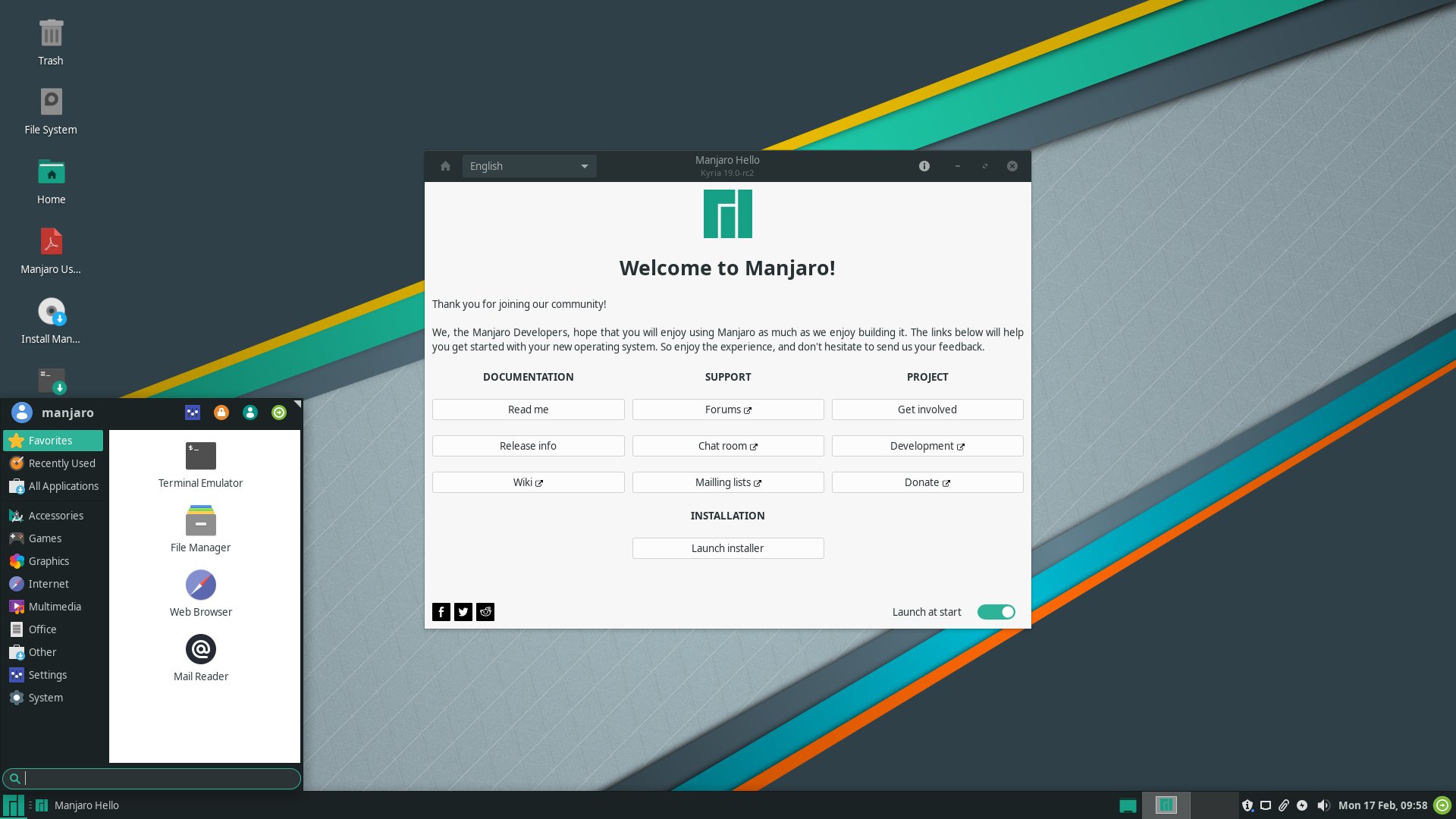
That said, you will need some time to get used to the “Pacman” package manager. But, believe me, after that, you’re going to enjoy using Manjaro Linux. Don’t know how to install apps using the command line? Here’s when “Pamac” comes to the rescue. Pamac is the software store you get on Manjaro, making the app installation process a lot easier for beginners.
openSUSE
Mildly experienced Linux users have always had a lot of critical things to say about openSUSE. This distro is community-driven and focuses solely on adding new features with each update. That said, I’d not recommend this to someone who’s an absolute beginner in Linux.
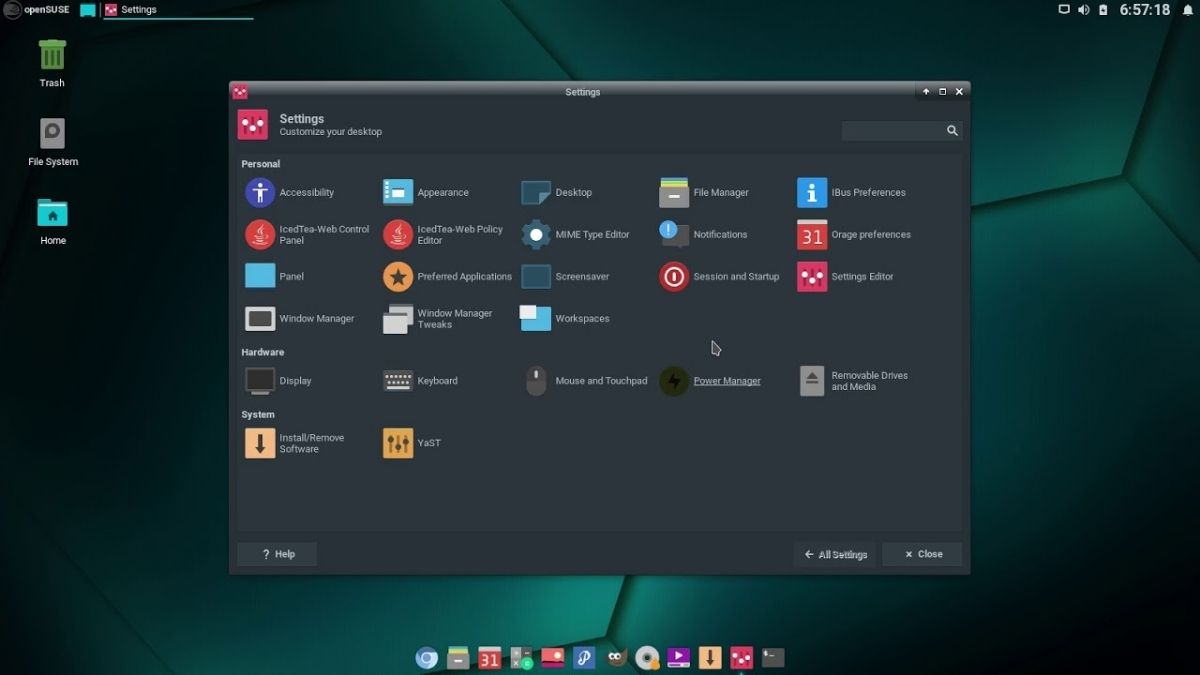
The OS has two variants – Tumbleweed and Leap. Tumbleweed is a rolling release, whereas leap has a release cycle of 8 months. If you’re a fan of new features, then Tumbleweed is probably what you should install. As for the people who don’t crave new features and need a clean, rock-solid desktop OS, Leap is for you.
Fedora
Red Hat backed Fedora is one of the most popular Linux distros out there. A lot of its popularity is due to its extremely beginner-friendly nature and reliability. It is easy to install, ships with enough pre-installed applications to get started and is pretty stable.
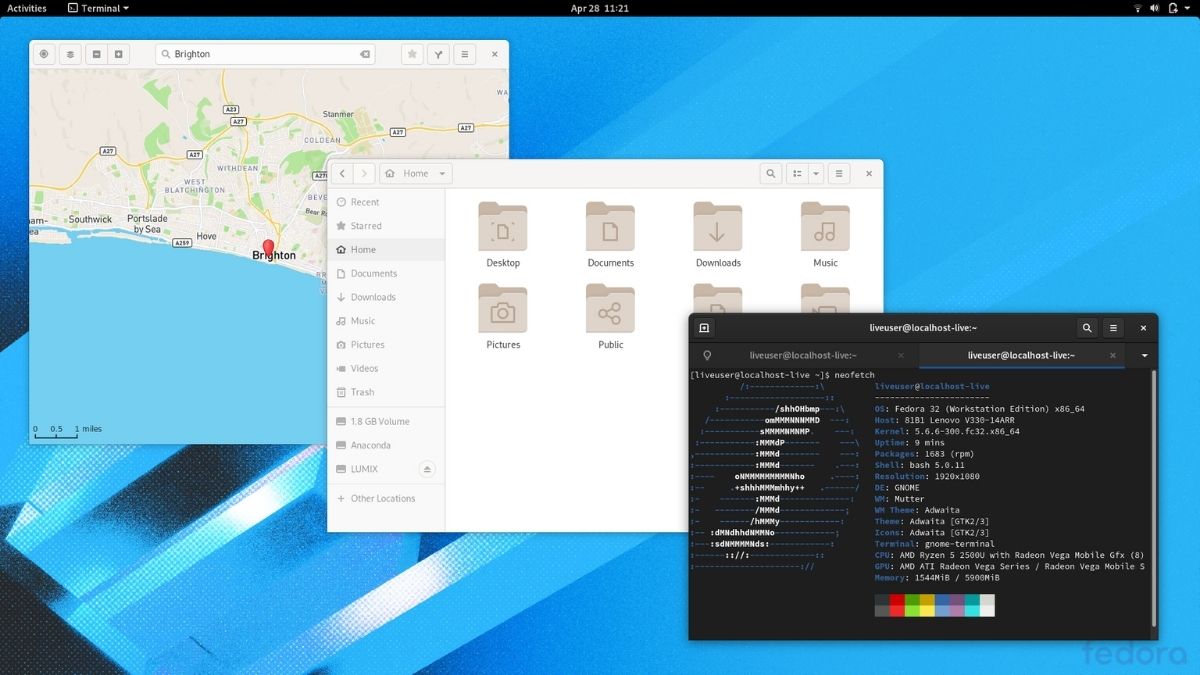
The OS comes with a GNOME desktop environment. Apart from that, Fedora also has a Server edition for Servers and Fedora IoT, which can be used in Raspberry Pi’s (Refer to this for more details).
Did we miss any beginner-friendly non-Ubuntu-based Linux distro that deserves to be on this list? Let us know in the comments section below.

